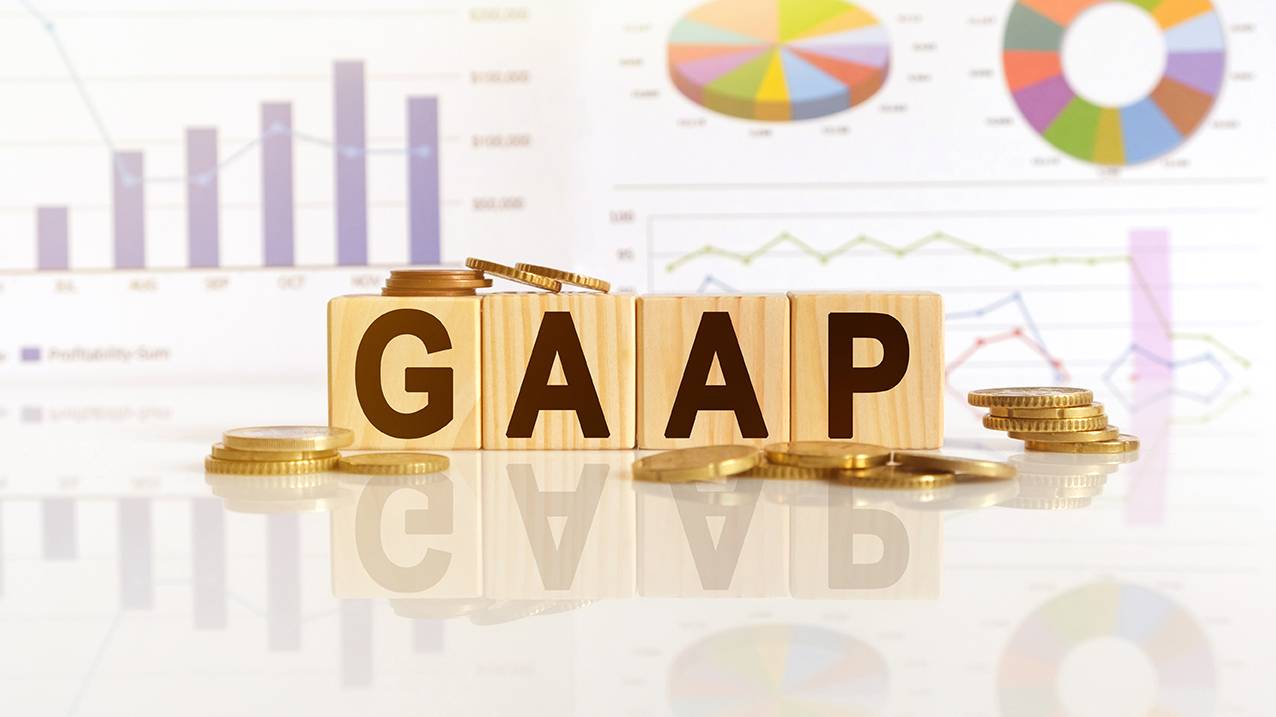Self-Study
Public Company Accounting and Finance
Navigate the intricacies of public company accounting. This course offers a comprehensive look at IPOs, registration statements, and regulatory compliance.

$351.00 – $391.00
Webcasts are available for viewing Monday – Saturday, 8am – 8pm ET.
Without FlexCast, you must start with enough time to finish. (1 Hr/Credit)
Please fill out the form below and we will reach out as soon as possible.
CPE Credits
13 Credits: Accounting
Course Level
Overview
Format
Self-Study
Course Description
Public Company Accounting and Finance shows the accountant how to deal with the unique aspects of accounting and finance in a publicly-held business. These issues are significantly different from those encountered in a private company, so this finance and accounting CPE course can be crucial for the accountant who is making the transition from private to public companies. Topics covered include earnings per share, segment reporting, and Staff Accounting Bulletins, as well as quarterly and annual reporting to the SEC. In addition, the accounting and finance CPE course addresses initial public offerings, registration statements, and selling shares under various SEC exemptions.
Learning Objectives
Upon successful completion of this course, participants will be able to:
Chapter 1
- Cite the activities that the SEC oversees, and the disclosures that it is most careful in reviewing.
Chapter 2
- Specify the adjustments required to calculate diluted earnings per share.
Chapter 3
- Identify the methods used to determine which segments of a business are reportable.
- Describe the process used to report segment information.
Chapter 4
- State assumptions of the integral view and those made by users of it
- Identify effects of applying the discrete view of interim reporting
Chapter 5
- Recognize the accounting to be used for stock options and employee share purchase plans.
Chapter 6
- Identify the method used to value the components of a convertible security.
Chapter 7
- Identify the proper reporting for a company filing a registration statement whose historical results are not indicative of its ongoing results.
- Specify the proper accounting for fees paid to an investment banker under various circumstances.
Chapter 8
- Cite the required timing for the reporting of annual and quarterly reports, as well as the contents of those reports.
Chapter 9
- Specify the required timing for the filing of a Form 8-K, as well as the contents of the various disclosures.
- Specify the circumstances under which a change in independent accountant must be disclosed.
Chapter 10
- Recognize the responsibility level of a company for the filing of the Forms 3, 4, and 5.
- Describe the filing codes used by the Securities and Exchange Commission.
Chapter 11
- Identify the source of the disclosure requirements for non-GAAP information.
- Recognize the circumstances under which Form 8-K disclosure of non-GAAP information is required.
Chapter 12
- State the informational content of a Fedwire payment.
Chapter 13
- Cite the restrictions placed on a company engaged in an initial public offering.
- Recognize the registration process for the auditors of a public company.
- Specify the reason why blue sky laws have been enacted.
Chapter 14
- Identify the filing requirements associated with a reverse merger.
- Describe the advantages and disadvantages of using a reverse merger to go public.
Chapter 15
- Specify the advantages of the Form S-3 registration, as well as the situations in which a Form S-8 registration can be used.
Chapter 16
- Recognize the circumstances under which the Regulation A exemption can be used.
Chapter 17
- State the filing requirements associated with a Regulation D securities sale.
Chapter 18
- Recognize the types of investors who can now receive advertisements concerning the sale of securities.
Chapter 19
- Identify the requirements under which an investor is allowed to sell shares under Rule 144.
Chapter 20
- Specify the protection offered by Rule 10b5-1, and how an employee maximizes his or her protection under it.
Chapter 21
- Recognize the additional steps required by a public company to close the books, and the extra approvals involved.
Chapter 22
- Identify the types of controls, and which controls can be applied to the filing of certain SEC reports.
Course Specifics
1183484
June 28, 2023
There are no prerequisites
None
263
Compliance Information
CMA Notice: Western CPE makes every attempt to maintain our CMA CPE library, to ensure a course meets your continuing education requirements please visit Insitute of Management Accountants (IMA)
CFP Notice: Not all courses that qualify for CFP® credit are registered by Western CPE. If a course does not have a CFP registration number in the compliance section, the continuing education will need to be individually reported with the CFP Board. For more information on the reporting process, required documentation, processing fee, etc., contact the CFP Board. CFP Professionals must take each course in it’s entirety, the CFP Board DOES NOT accept partial credits for courses.
Meet The Experts

Steven M. Bragg, CPA, is a full-time book and course author who has written more than 300 business books and courses. He provides Western CPE with self-study courses in the areas of accounting and finance, with an emphasis on the practical application of accounting standards and management techniques. A sampling of his courses include the The New Controller Guidebook, The GAAP Guidebook, Accountants’ Guidebook, and Closing the Books: An Accountant’s Guide. He also manages the Accounting Best Practices podcast. Steven has been the CFO or controller of both public and private companies and has been a consulting manager with Ernst & Young and …
Related Courses
-
 Accounting
Accounting
Accountants’ Guidebook
Steven M. Bragg, CPA QAS Self-Study
Credits: 30 $600.00
QAS Self-Study
Credits: 30 $600.00$600.00 – $640.00
-
 Accounting
Accounting
Accounting Fraud: Recent Cases
Joseph Helstrom, CPA QAS Self-Study
Credits: 1 $29.00
QAS Self-Study
Credits: 1 $29.00$29.00 – $49.00
-
 Accounting
Accounting
GAAP Guidebook
Steven M. Bragg, CPA QAS Self-Study
Credits: 29 $580.00
QAS Self-Study
Credits: 29 $580.00$580.00 – $620.00
